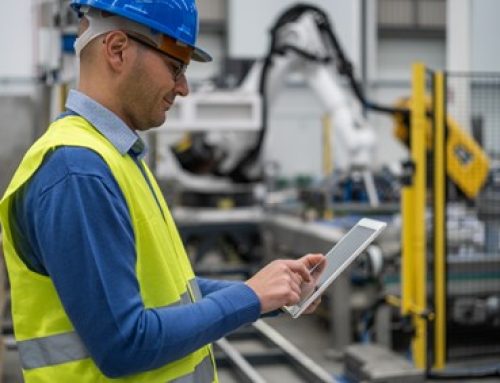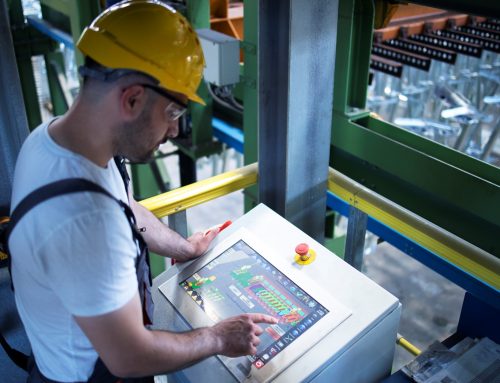Learn about the 10 technical pillars and the 10 managerial aspects of WCM – World Class Manufacturing – and how they can transform your company’s asset management.
The production of goods and services is an area that requires great attention to efficiency and effectiveness, as well as precise and up-to-date asset management. In this sense, the World Class Manufacturing (WCM) methodology is a valuable tool for companies looking to stand out in the market and offer their customers high-quality products and services.
In this text, we will help you better understand the pillars of this methodology. Keep reading to learn more!
What is WCM?
WCM is a production management methodology that was developed in 1984 by Hayes and Wheelwright, based on the Toyota Production System. Its goal is to achieve excellence in the production of goods and services by eliminating all types of waste and losses throughout the production process.
What are the pillars of WCM?
We can divide WCM into two pillars: technical and managerial. The technical aspects of WCM are directly related to production activities and processes. The managerial aspects of WCM are focused on managing the company as a whole. Each of these pillars is based on 10 central points.
Technical aspects
- Safety: ensuring the safety and well-being of employees, equipment, and the work environment through protective measures to prevent accidents, employee training, and the creation of a safety culture in the company.
- Implementation costs: reducing WCM implementation costs, including initial investment, maintenance costs, and operational costs.
- Focus on continuous improvement: always looking for ways to improve operations and processes. This includes identifying problems, implementing solutions, and monitoring results.
- Autonomous maintenance activities: implementing autonomous maintenance activities, such as preventive and corrective equipment maintenance, in order to maximize their availability and extend their service life.
- Professional maintenance: training employees to perform maintenance activities efficiently and effectively.
- Quality control: implementing quality control procedures, monitoring results, and correcting identified problems.
- Logistics and customer service: ensuring the efficiency of the company’s logistics and customer service. This includes inventory management, delivery management, and ensuring customer satisfaction.
- Preventive equipment management: implementing preventive measures to extend the service life of equipment and minimize the need for corrective maintenance.
- Team development and training: focusing on the constant development and training of teams, in order to ensure technical competence and efficiency in processes.
- Environment and energy: seeking energy efficiency by adopting responsible environmental practices, such as waste management and impact minimization.
Managerial aspects
- Involvement of management: including leaders in all stages of the WCM implementation process.
- Clear objectives: having clear objectives for WCM implementation, so that all operational teams know what to expect and how to act.
- Mapping stages for WCM: planning in detail all the necessary stages for WCM implementation.
- Transfer of qualified professionals to the model area: transferring highly qualified professionals to the model area, for continuous team development and WCM implementation.
- Involvement of the entire organization: involving all departments so that they can understand the importance of this process and work together to achieve objectives.
- Concentration of competencies on company improvement: concentrating competencies on improving the management of your assets.
- Time and budget: managing time and budget appropriately to implement WCM.
- Level of expansion: establishing a realistic level of expansion.
- Level of detail: establishing a level of detail for the WCM implementation process, so that there is adequate planning and execution is more efficient.
- Team motivation: encourage the team to work together.
It is important to remember that the goal of asset management in WCM is to track the performance of equipment and machinery. Management software, such as CMMS and EAM, are tools that facilitate the application of this philosophy, helping to build and maintain efficient operations.
If you want to improve asset management and achieve success in your company, learn more about Manusis4 and start implementing these pillars today. Request a demo now!






Leave A Comment